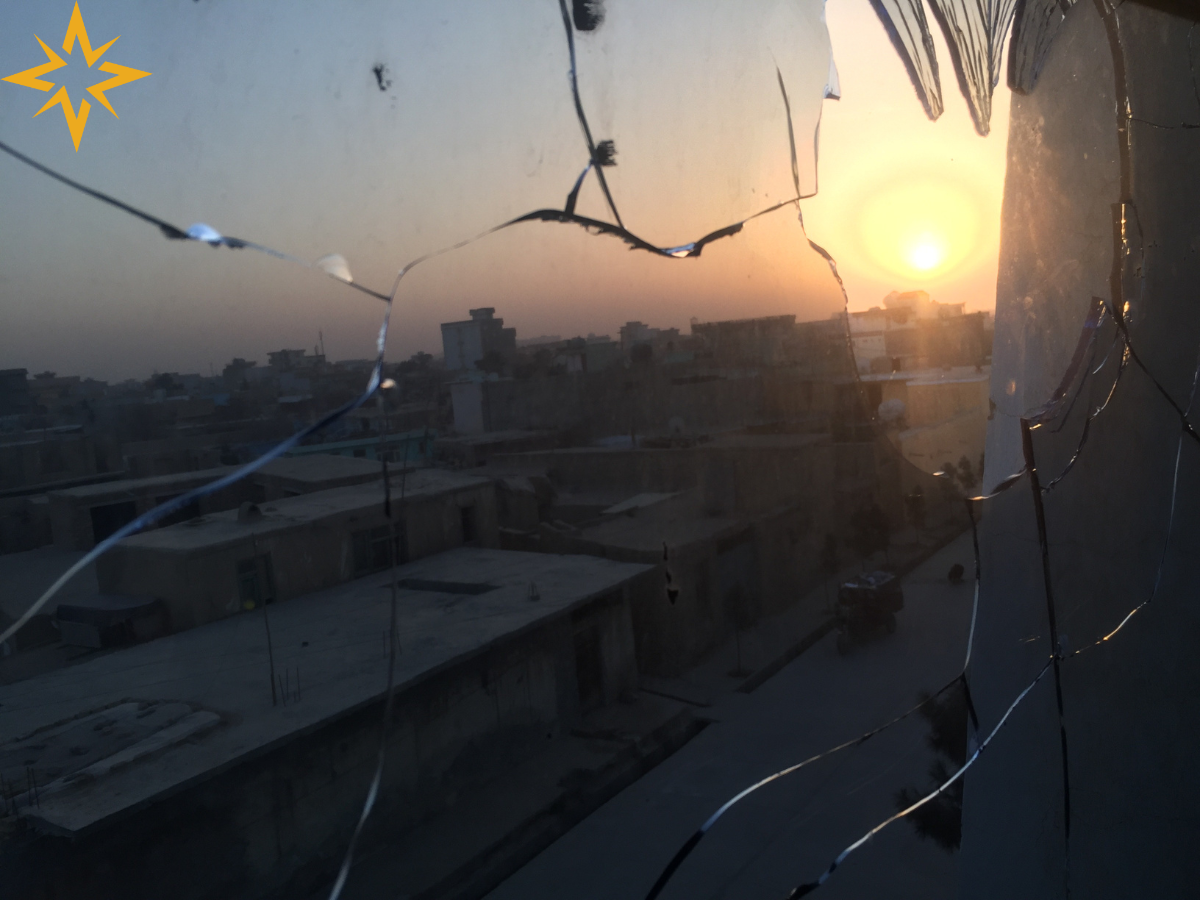Cultural Spotlight: Afghanistan
By Jonah S.
Author’s Note: While this is an overview of the history of Afghanistan, it only scratches the surface of the situation. Those who are interested to learn more are encouraged to do their own research, though, with adult supervision as some of these topics are complex and somewhat unsettling.
In recent years there have been devastating problems in many different countries. If someone was asked, they would have no problem coming up with one of the many terrible things that have happened in the world. However, one of the countries that may have been forgotten is the country of Afghanistan. It is one of the events in the world that people have moved on from, as is the case with many things that are not “trending.” When asked why this may be the case, our source, who chose to remain anonymous replied as follows: “I do think that the world, in many ways, has, turned its eye from Afghanistan, and I think part of that is based in shame, and based on the fact that we spent more than 20 years there in war, spent billions of dollars, and have very little to show…”
Of course, statements can be made, and things can be argued, but problems are never as straightforward as many people would like them to be. This is a problem that stems way back to the Cold War (even a bit before if we are being honest). For those who do not know, the Cold War was a period in which the Soviet Union (U.S.S.R.) and the United States were fighting behind the scenes for political control. The U.S.S.R wanted the world to be communist, while the U.S. wanted just the opposite (Why the Soviet Union Invaded Afghanistan).
Afghanistan was a major pawn in this invisible war. It was at the heart of the east and surrounded by a natural barrier, the Hindu Kush mountains. From Afghanistan, the Soviets could spread their influence to nearby countries. They wanted to persuade Afghanistan to become communist and join the Union (Why the Soviet Union Invaded Afghanistan).
During this time, Afghanistan was in a lot of political strife. This was the perfect time for the Soviets to influence the country. Unfortunately for them, Afghanistan, while becoming communist, wanted to remain its own country. So, the Soviets took over modernizing the country and getting rid of Islam. Some people were not happy about this, mainly people very devoted to Islam and some who were not benefiting from the new regime. These became freedom fighters fighting against the Soviets.
The U.S., who was not happy that the U.S.S.R. had taken control of Afghanistan, saw an opportunity to indirectly fight the Russians through the freedom fighters. They provided training and arms for these freedom fighters. This was a successful strategy, and the Communists were overthrown.
However, this was not the end of the story. Different factions formed within the freedom fighters, each vying for power. One side vouched for extreme Islamic practices while the other wanted to rebuild the country and integrate into the rest of the world (Afghanistan: Wounded Land). This resulted in much bloodshed and fighting that led to the extremists (known as the Taliban) taking control.
The rest of the story some may know. Al-Qaeda, a group separate from the Taliban, planned to attack the U.S. Their plan was to use airplanes to target many important government buildings. Their plan mostly worked, though they were unable to reach their third destination, the white house. This event took place on September 11, 2001, and is now known as 9/11. In retaliation, the U.S. attacked Afghanistan. It was not until 2021 that the U.S. left the country, resulting in the Taliban regaining control of the country (September 11 Attacks: Facts, Background and Impact). An important distinction to make that some people do not seem to understand is that Al-Qaeda and the Taliban are actually two different groups. Al-Qaeda has members from many different Islamic countries while the Taliban are made up of people mainly in Afghanistan (Afghanistan: Wounded Land).
So, what is the situation like now? It is complicated. With the Taliban in control, the economy has been all over the place. Inflation has been quite high, and jobs can be hard to come by. Women are having an especially hard time seeing as most are not allowed to get an education past elementary school, stifling the economy (Afghanistan’s Two Years of Humanitarian Crises Under the Taliban). Despite this, things are not as bad or extreme as they were when the Taliban was in control of the country before.
Remembering the past is essential to growth. Afghanistan is one of many countries that have faced great hardship and war. Understanding what happened, and what is happening in Afghanistan will help the country move forward. Forgetting about this country and its history will not only cause problems for it in the future, but it will also impact the future of the world.
Columns: 🔎Informational
Jonah S. has been at Northstar Academy for the past two years. He lives in the Middle-East with his younger brother and parents. Some of the things he enjoys includes reading, writing, playing video games, watching movies, and building legos. He also enjoys music, viola being his primary instrument.

